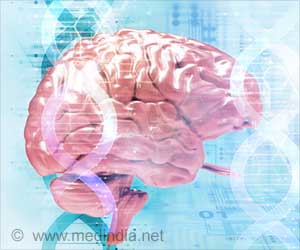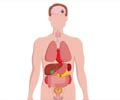
‘The NLGN3 R451C mutation dramatically impacts excitatory synaptic transmission in human neurons, thereby triggering changes in overall network properties that may be related to mental disorders.’
Tweet it Now
The Rutgers-led study, spanning seven years, employed some of the most advanced approaches available in the scientific toolbox, including growing human brain cells from stem cells and transplanting them into mouse brains. “We were surprised to find an enhancement, not a deficit,” said Zhiping Pang, an associate professor in the Department of Neuroscience and Cell Biology in the Child Health Institute of New Jersey at Rutgers Robert Wood Johnson Medical School and the senior author on the study. “This gain-of-function in those specific cells, revealed by our study, causes an imbalance among the brain’s neuronal network, disrupting the normal information flow.”
The interconnected mesh of cells that constitutes the human brain contains specialized ‘excitatory’ cells that stimulate electrical activity, balanced by ‘inhibitory’ brain cells that curtail electrical pulses, Pang said. The scientists found the oversized burst of electrical activity caused by the mutation threw the mouse brains out of kilter.
Autism: Facts and Figures
Autism spectrum disorder is a developmental disability caused by differences in the brain. About 1 in 44 children have been identified with the disorder, according to estimates from the Centers for Disease Control and Prevention.Studies suggest autism could be a result of disruptions in normal brain growth very early in development, according to the National Institutes of Health’s National Institute of Neurological Disorders and Stroke. These disruptions may be the result of mutations in genes that control brain development and regulate how brain cells communicate with each other, according to the NIH.
“So much of the underlying mechanisms in autism are unknown, which hinders the development of effective therapeutics,” Pang said. “Using human neurons generated from human stem cells as a model system, we wanted to understand how and why a specific mutation causes autism in humans.”
CRISPR Therapy for Autism
Researchers employed CRISPR technology to alter the human stem cells’ genetic material to create a line of cells containing the mutation they wanted to study, and then derived human neuron cells carrying this mutation. CRISPR, an acronym for clustered regularly interspaced short palindromic repeats, is a unique gene-editing technology.Advertisement
Pang said he expects many of the techniques developed to conduct this experiment to be used in future scientific investigations into the basis of other brain disorders, such as schizophrenia.
Advertisement
Source-Eurekalert














